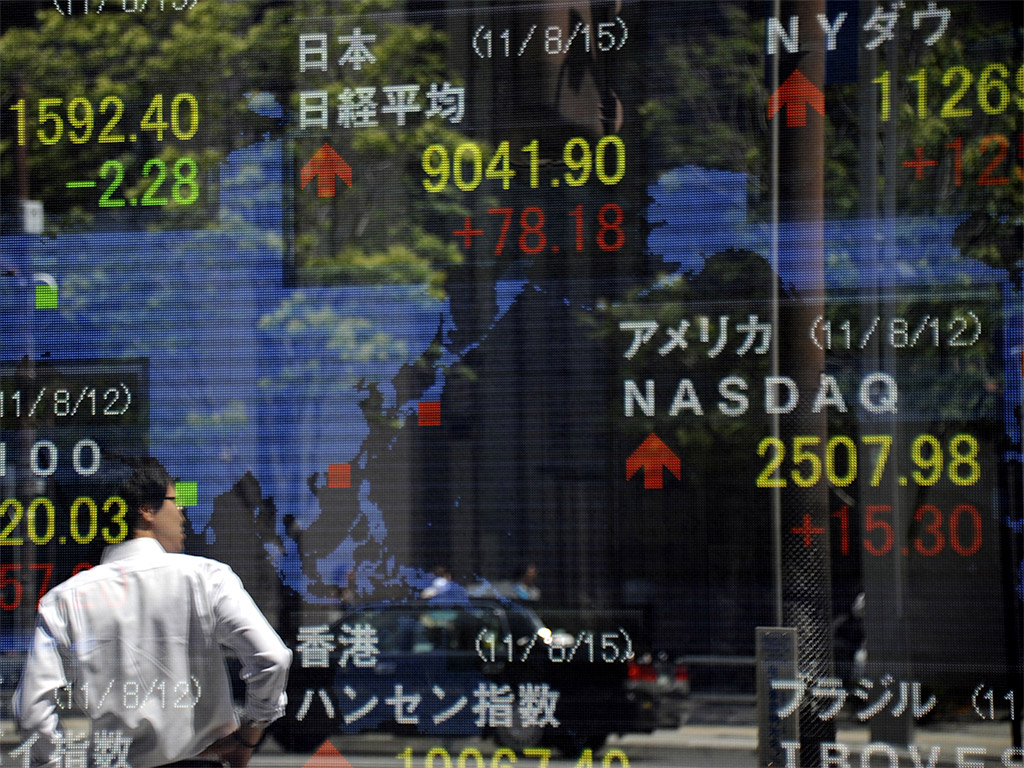
The Cabinet Office has revised Japan’s quarterly growth through the January-March period to 1.6 percent, 0.1 percent higher than previously thought, bringing the country’s annualised growth rate to 6.7 percent – up from the initial 5.9 percent.
The government has attributed the upward revision by-and-large to corporate capital spending, which was up 7.6 percent on the quarter previous – far and above the 4.9 percent posted in the preliminary report. Private consumption, which accounts for approximately 60 percent of Japan’s GDP, was also up slightly to 2.2 percent from the 2.1 percent posted previously. Exports and imports remained unchanged at 6 and 6.3 percent respectively, whereas public investment was down 2.7, more than the 2.4 percent posted in the original.
Prime Minister Shinzo Abe’s efforts to reel the country from two decades of stagnation have so far proven successful
The upward revision came as a surprise to most analysts, who expected the numbers to come in unchanged. However, the vast majority still maintain that spending will fall this quarter, due largely to the consumption tax hike that came in at the beginning of April. The increase to eight percent from five marks the first instance of a rise in 17 years and is the single biggest contributor to increased spending this quarter passed.
Although the increase will no doubt curb consumer spending, it comes as part of the government’s measures to battle spiralling public debts, which equate to approximately 230 percent of GDP.
It is also hoped that the tax will distance Japan from its deflationary trappings and protect against plummeting consumer prices. Results from last month showed that consumer prices rose by an annualised rate of 3.2 percent, marking the fastest rate of growth in 23 years and beating the BOJ’s inflation target of two percent.
Prime Minister Shinzo Abe’s efforts to reel the country from two decades of stagnation have so far proven successful, and consumer prices in the country have risen now for 11 consecutive months.


